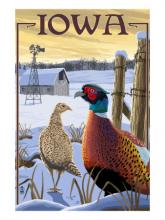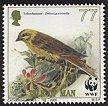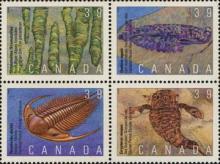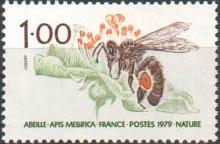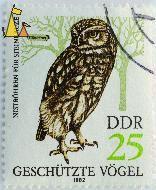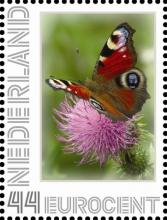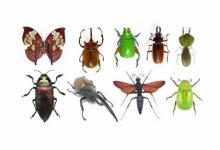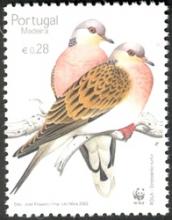
THE bird population of what is regarded as one of Wales’ wildlife havens has decreased dramatically, according to alarming new figures. A report by the Pembrokeshire Biodiversity Partnership shows starlings Sturnus vulgaris have decreased by 70%, yellowhammers Emberiza citrinella by 50% and skylarks Alauda arvensis by 33%. RSPB Cymru said starling numbers have decreased by 58% since 1994, and yellowhammers by 40%. Another two species giving “cause for concern” are corn buntings Miliaria calandra and turtledoves Streptopelia turtur, both of which no longer breed every year in Wales. Turtle doves and corn buntings are virtually non-existent now in Devon and Cornwall, figures published by the Department for Environment, Food and Rural Affairs have shown. Grahame Madge of the RSPB said: "It's a real desperate shame. We are working with farmers in the Westcountry to try and hang on to as many farmland species as possible. "The linnet Carduelis cannabina has declined by 32 per cent since 1995, and other declines in the region have included the yellowhammer, down 13 per cent, and a 24 per cent decrease in skylark numbers. "But possibly the most staggering decline, aside from the corn bunting and turtle dove, which are basically extinct in the Westcountry, is that of the cuckoo Cuculus canorus, down 73 per cent. "Most of the reductions occurred between the late-1970s and early 1990s, but numbers fell by more than 9 per cent in the five years to 2009, the statistics revealed.



